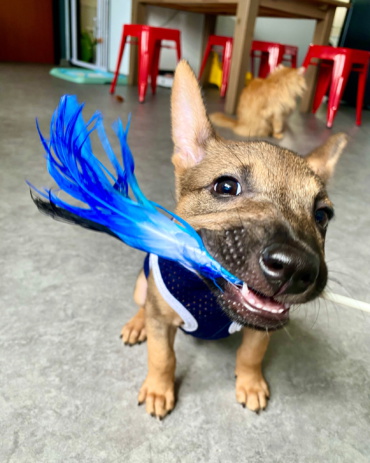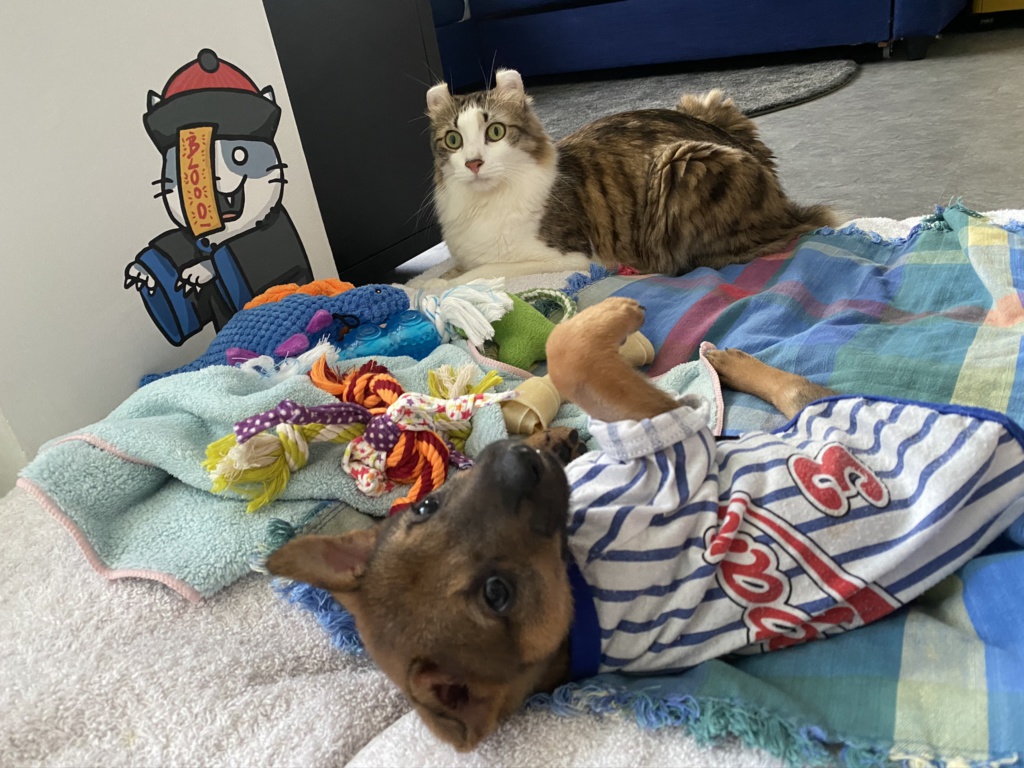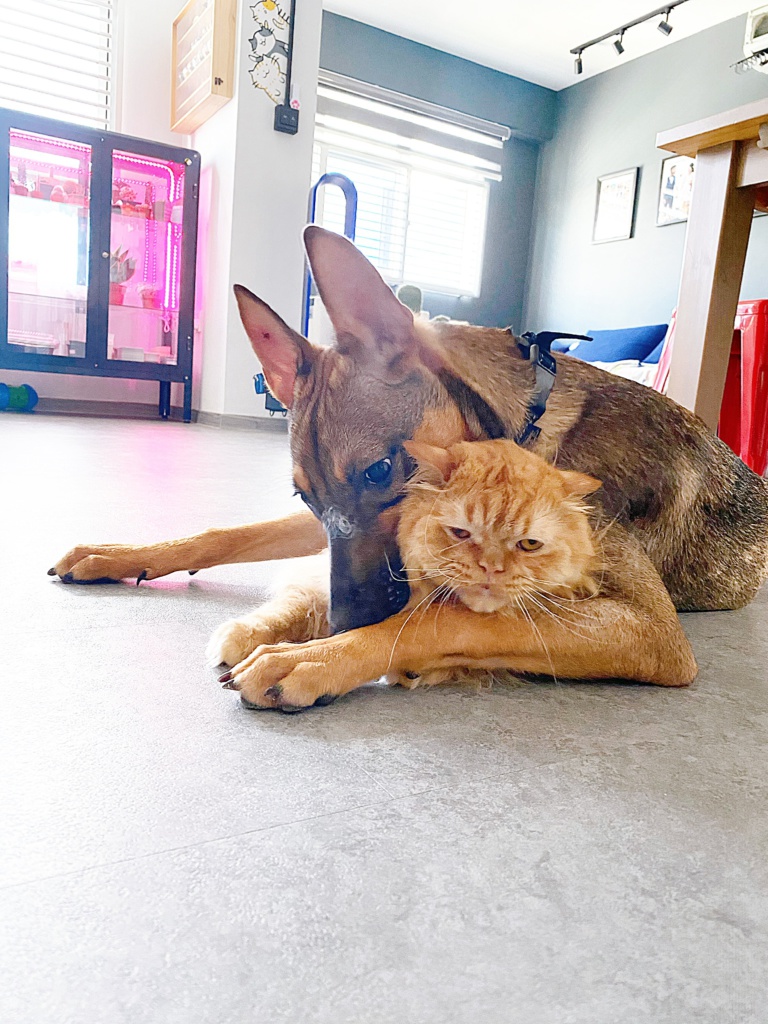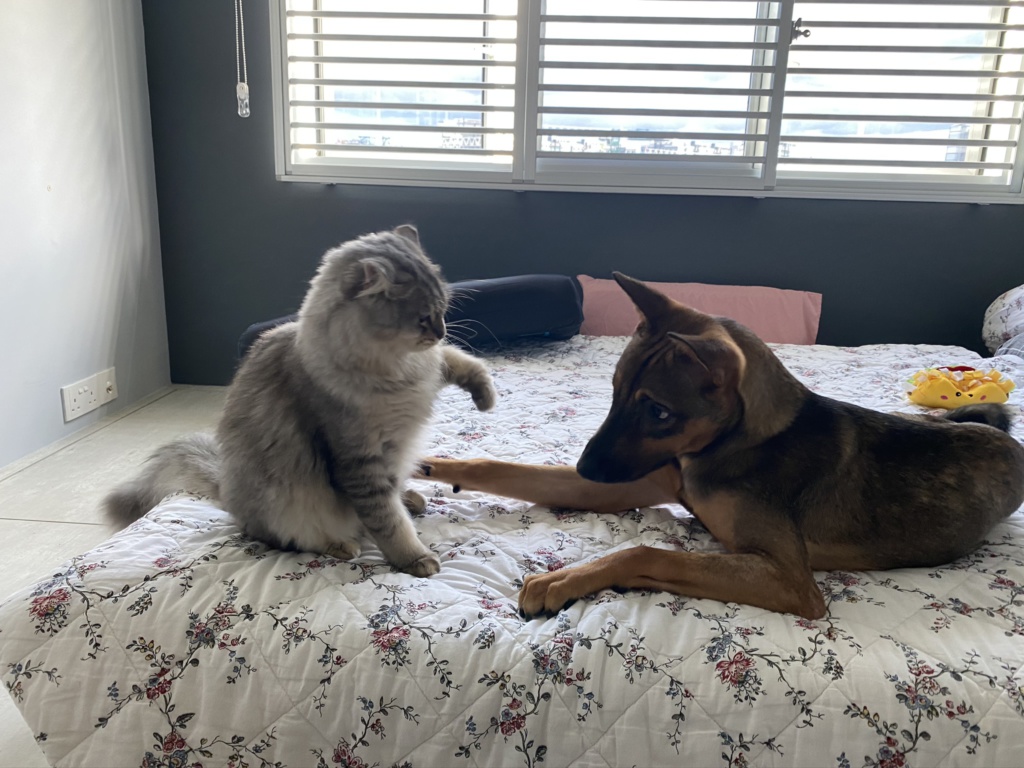In addition to solid and functional obedience, crate training has to be one of the most valuable skills our dogs can have. Before we go any farther, let’s get one thing out of the way right now – crate training your dog is not cruel, inhumane, or mean. Often times we as humans relate a crate to jail or feel sorry for a dog that is in a crate, but it’s important to remember that we’re training through the dog’s mentality, not our own.
There are several beneficial reasons to crate training your puppy or dog, and yes, by crate training we are expecting the crate door to be closed.
In my opinion, here is the most important reason to crate train your dog: At some point in your dog’s life, they are going to be in a crate. Whether it be at the groomer, at the vets’s clinic, boarding, at a friend’s home, in a car, or anywhere else, it is going to happen. Preparing them for these situations is important and, in my opinion, not crate training your dog is doing a disservice to them as it causes a lot of stress, anxiety, and is extremely difficult on some dogs when they finally need to be put in that situation.
1. Provide a Safe Space
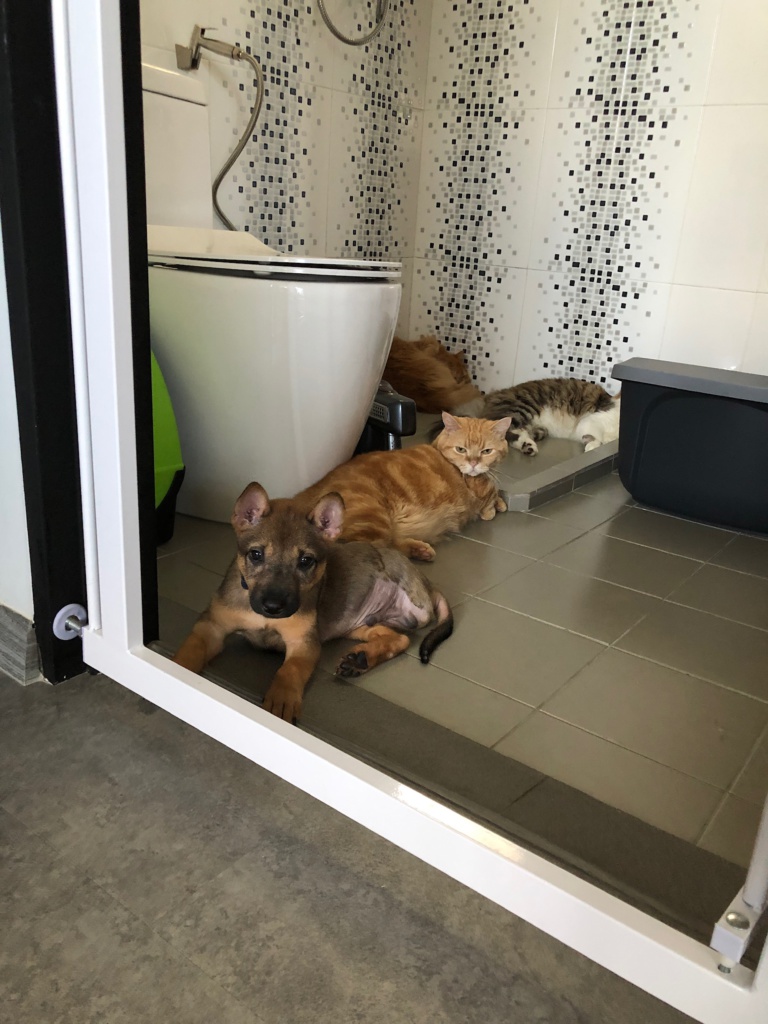
I had always thought that crates were cruel. One of the things I learned with the new pup is that crates are not cruel when used properly, and in fact can be a great tool for the average pet owner. Proper, positive crate training can provide benefits for both you and your dog.
Dogs have a natural instinct and crates can provide a haven for your dog when he is feeling stressed or tired and needs some downtime.
2. Help With Potty Training
Crates are great for house training. Dogs and puppies don’t like a soiled bed, so a properly sized crate is very useful to assist you in teaching him bladder and bowel control.
3. Household Safety
Having your dog resting comfortably in his crate while you are not able to supervise him is a bonus. Maybe you are cooking dinner or working on renovations where your pup could cause safety issues just by being underfoot. Having him tucked safely away will give you peace of mind.
4. Positive Car rides.
Car travel in a crate is far safer for both of you than having him loose in the car.
5. Positive Vet Visits
If your dog ever needs to stay overnight at the vet’s, he will be far less stressed when he is confined in the cage or run if he has already been crate trained.
6. Reduce Damages
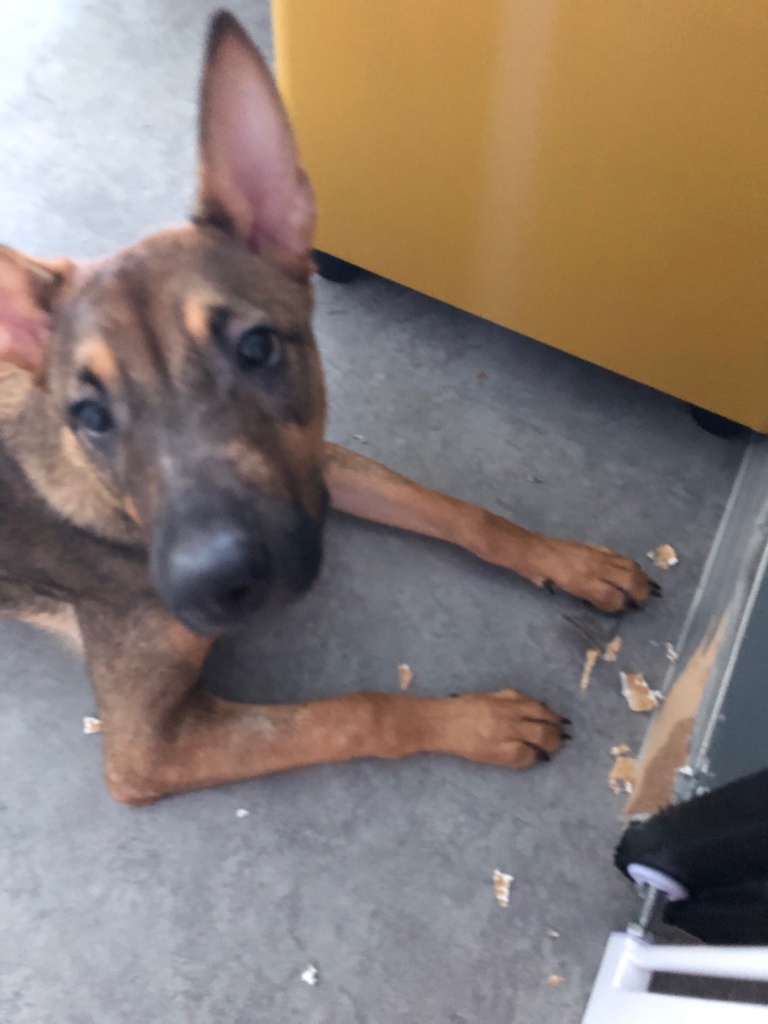
You wouldn’t want to come home to find your furniture bitten or skirting destroyed to pieces. Unwanted disasters like these can be avoided by providing them stimulating dog toys or chews inside their crate, instead of them finding other interesting household items to destroy when left un-supervised and un-crated.
7. Evacuation
Finally, if you ever have to evacuate from your home in case of any kind of emergency, having a crate trained dog is so much easier for all concerned (Better Discipline). Whether you keep your dog with you, or he has to be handed over to others, your pup will be better off in his own crate. He’ll be more relaxed with his own blankets and toys with your scent on them, than one who is unfamiliar with a crate and therefore experiences undue stress.
To sum it up why crate training is so important.
- It’s a tremendous aid in potty training your puppy or dog.
- It makes traveling with your dog much easier as they have a familiar reference point wherever they go.
- It’s important aid to creating structure in your dog’s life
- It helps your dog to mentally relax
- It gives your dog a place of their own to go and get some peace and quiet, especially in big gatherings etc.
- Proper crate training can help reduce the anxiety when leaving your dog home alone.
- It help prevent unwanted behaviours, such as chewing household objects, and more when you cannot be with your dog.
Although it may be emotionally hard for some of us, my advice is to put your dog’s crate in the proper location and immediately being crate training your dog from the second he or she sets foot in your home. When your dog is properly crate trained as an adult, you may not utilise the crate as much but continuing to implement the crate into your dog’s daily routine so the benefits of crate training carry over for the dog’s life.
Misuse of Crates
Crates can also be misused and have a negative influence on your dog. Here are some uses to avoid:
- It is very important to remember not to use a crate as punishment for your dog. His crate should be his haven. I have often found Kobe resting in his crate of his own accord with the door wide open.
- While crates can be used for teaching your dog the house rules, it is NOT okay to use the crate as a crutch because of lack of training. Your dog wants to be with YOU, not spending his life in a crate, so be diligent about your training regime early on.
- Never leave your dog in his crate for too long, especially puppies who have limited bladder control. If you must crate your dog while you are at work, it is important that he gets a potty break. If you are leaving him crated at home, it is absolutely essential that you make sure he gets plenty of exercise and playtime when you are around.
xoxo
Kobe’s Parents (Kendrick & Kimberly)

